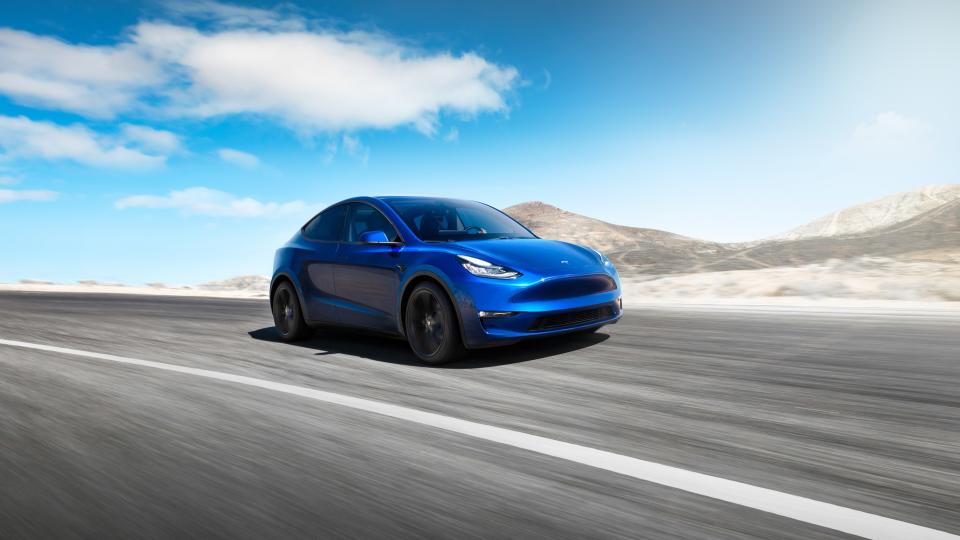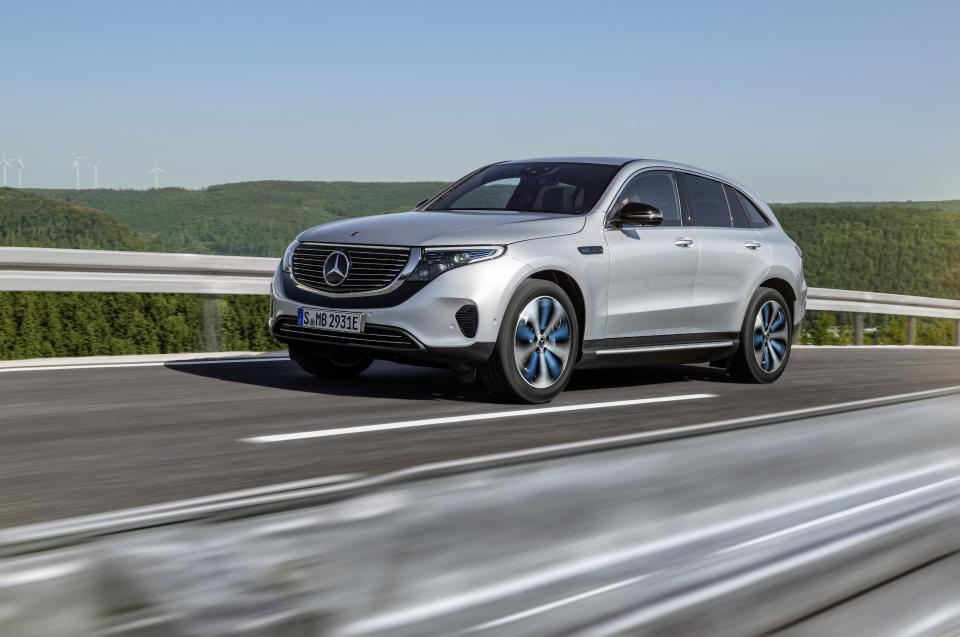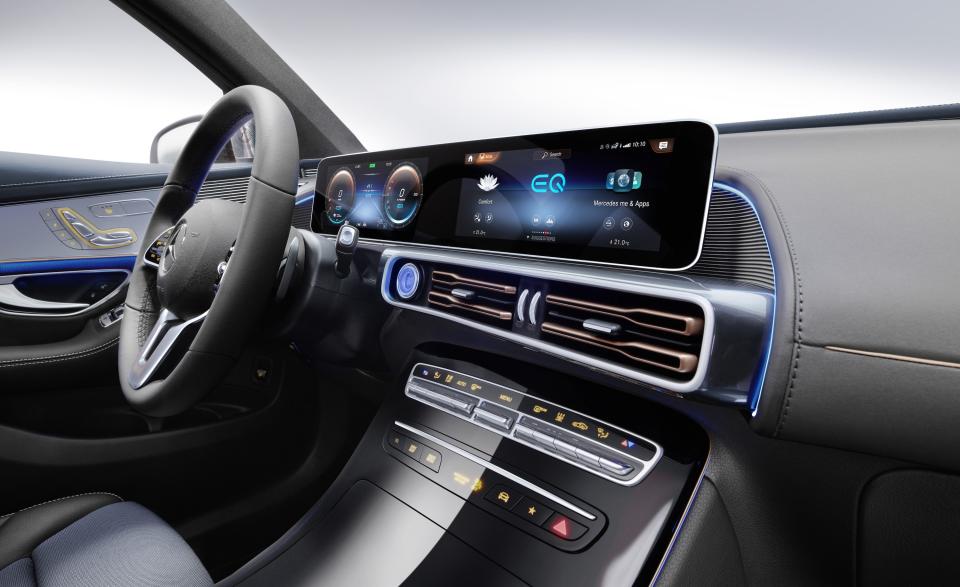The Mercedes EQC and Audi e-tron Are the New Tesla-Fighters
The small luxury SUV market is the fastest growing one in the American automotive marketplace. This is why troubled but best-selling electric car company Tesla is pinning its future hopes on a small luxury SUV, the Model Y. But while the Silicon Valley automaker has had a near-monopoly on the luxury electric vehicle (EV) market for the past ten years, it is now being challenged by some of the biggest players in high-end automobiles. Jaguar has already joined the fray with its I-Pace. Next up, this summer, will be Audi with its e-tron. Mercedes-Benz will follow early next year with its EQC.

These vehicles will all beat the Tesla to the marketplace, as the first variants of Model Y won’t be available until late 2020—and that’s if Tesla meets its timeline projections, something the company has not had the greatest success of achieving in the past. We recently had the opportunity to drive the offerings from Audi and Mercedes, and these are our takeaways in terms of how these brands expect to battle Tesla’s dominance in the category.
Audi E-Tron
Audi is planning to go after Tesla with exactly the same practice it used to gain a foothold against Mercedes and BMW in the 2000s when it transformed itself from a near-luxury also-ran to a full-fledged upmarket contender. This recipe consists mainly of clean, simple, reserved interior and exterior design that is high quality without ever being flashy. This is in contrast to Tesla’s outré exterior design, which sometimes errs a bit into the cool-but-non-functional, or its ultra-minimalist interior design, which sometimes veers into utilitarian non-design design.

Audi is also investing heavily in high-speed charging via its Electrify America subsidiary. (This investment was mandated as a part of the restitution its parent company, the VW Group, has had to pay for the illegal emissions practices they perpetrated as part of the “Dieselgate” scandal.) But the e-tron’s battery has been specially developed to take a faster charge for longer than any of its competitors, including Tesla, providing a potential leg up in defeating “range anxiety”—the fear of running out of juice and having to wait too long to recharge—that allegedly plagues potential EV buyers.

Audi is estimating a 204-mile range for its $74,000 e-tron. At that price, the Audi is quite luxuriously optioned. Since the Model Y has yet to be built or certified, final range numbers are not available for it. But Tesla is claiming a 280-mile range for its Model Y Performance at a projected cost of $62,000. Of course, we don’t know if the equipment on these two vehicles will be competitive.
Mercedes-Benz EQC
The EQC looks very much like a typical luxury SUV, perhaps even more stolid and staid than the e-tron. Unlike the Model Y, with its stubby grille-less nose and tortoise-like shape, its proportions mimic that of a gasoline-powered vehicle, with a longish hood (despite there being no engine under there) backed by a squared-off passenger cabin. This emulation of the current category paradigm is an overt strategy: using familiarity as a way of coaxing electric-wary consumers into an electric vehicle. Where Tesla appealed to early adopters with its radical new shapes, Mercedes is attempting to convince fast followers or mainstream buyers to get on board with a standard and less challenging shape.

2020 Mercedes-Benz EQC
Mercedes’s real competitive forte is seen in the interior of the EQC, where the materials are not only top-tier but also are applied throughout the cabin with great care and quality. Everything you touch rewards you with considered placement and tactile sophistication. And it is different enough from a typical Mercedes interior in layout, material choices, and flow to set it off as special—especially the metallic decoration on the dash, as well as the copper accents, meant to evoke the wiring used in conducting electricity. Mercedes has also invested heavily in a new user interface, MBUX, featured here. It has a digital assistant, similar to Amazon’s Alexa, built into it. Just like with Alexa, you can ask it questions in normal speech, like “Hey, Mercedes, is there a charger nearby?” and it will display answers on the giant LCD touch screen. It puts the Tesla’s interior to shame, and offers purely sybaritic sensory delights that even the Audi cannot approach.

2020 Mercedes-Benz EQC
Pricing and range have not been announced yet, but our expectation is that they will be similar to the Audi—at least 200 miles, and valued, very well-equipped, in the low $70,000 range. Again, Tesla may have a cost and range advantage, but a three-pointed star (lit up, no less) on the grille still offers an elegant, nonpareil driving and passenger experience, unavailable from any other marque.
Originally Appeared on Architectural Digest

